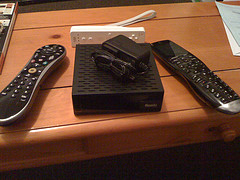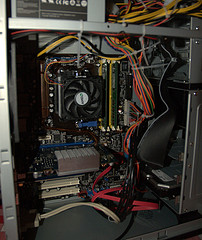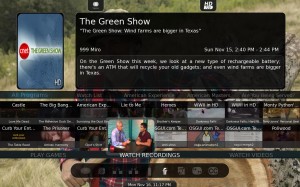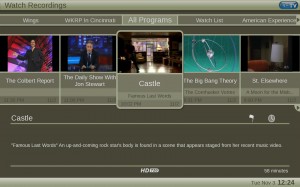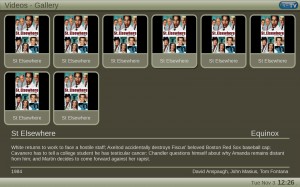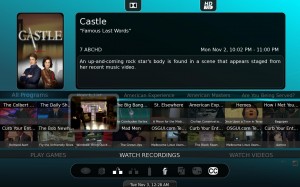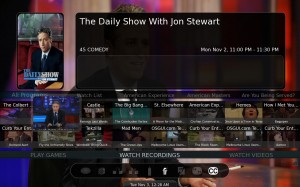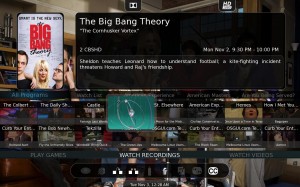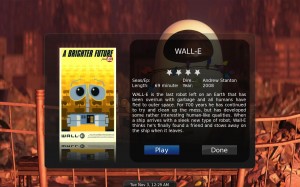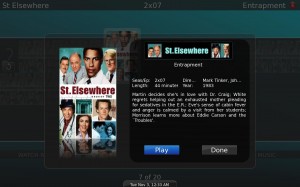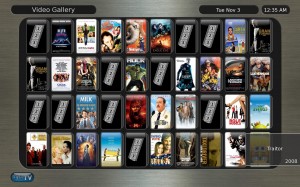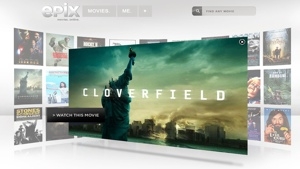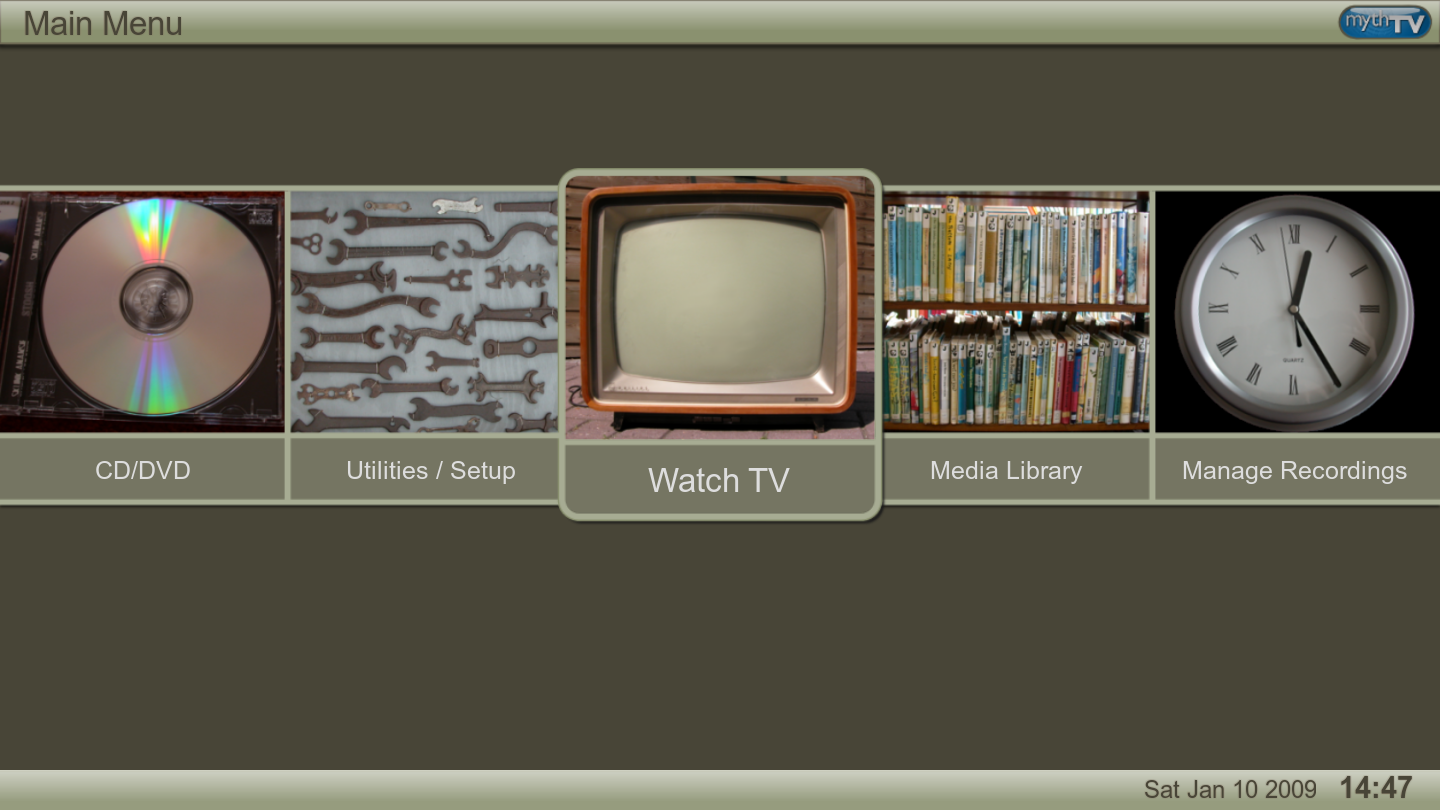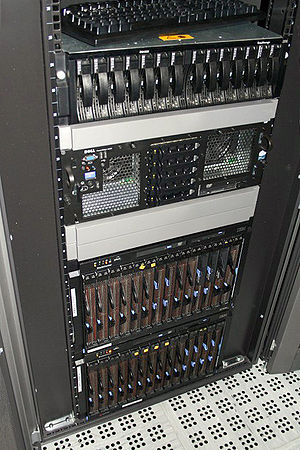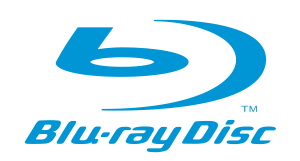
- Image via Wikipedia
After a lot of consideration between a dedicated hardware blu-ray player and a blu-ray drive, we prepared to take advantage of Newegg’s $49.99 Blu-Ray drive.
At the last minute, we changed to a $129.99 Blu-Ray burner, so we can experiment with blu-ray burning as well as play-back under Linux.
We installed it in a secondary computer, as opposed to our production system, and installed the MakeMKV beta for Linux. It compiled without incident, and was able to rip our test Blu-Ray video to a test drive.
Now, we want to emphasize this very clearly. WE HAVE NO INTENTION OF DISTRIBUTING ANY ILLEGAL VIDEO. Our intention is to be able to exercise our fair use and playback our legally purchased or legally rented videos.
It is a pain in the butt to have to spend this time ripping the Blu-Ray before we can play it. But that is the price we pay for our open-source lifestyle choice.
We figure, for our legally owned(not rented) Blu-Rays, we have two options.
- Rip the Blu-Ray, watch it, then delete the working files. This seems to make sense, as a single movie rip is taking up 30GB on a drive. How many of those is it worth storing.
- Do above, but create a lower-quality archival copy that can fit on a single DVD. Our first blu-ray came with a digital copy on a separate DVD that can only be played under Windows, so we might as well discard that disc and replace it with our on archival DVD.
Either of these, again, involve a fair amount of preprocessing and working space, however. In the meantime, however, we have a new movie to watch.
Related articles by Zemanta
- Blu-Ray and Linux – Or Why We Don’t Have Blu-Ray Yet (gadgetwisdom.com)


